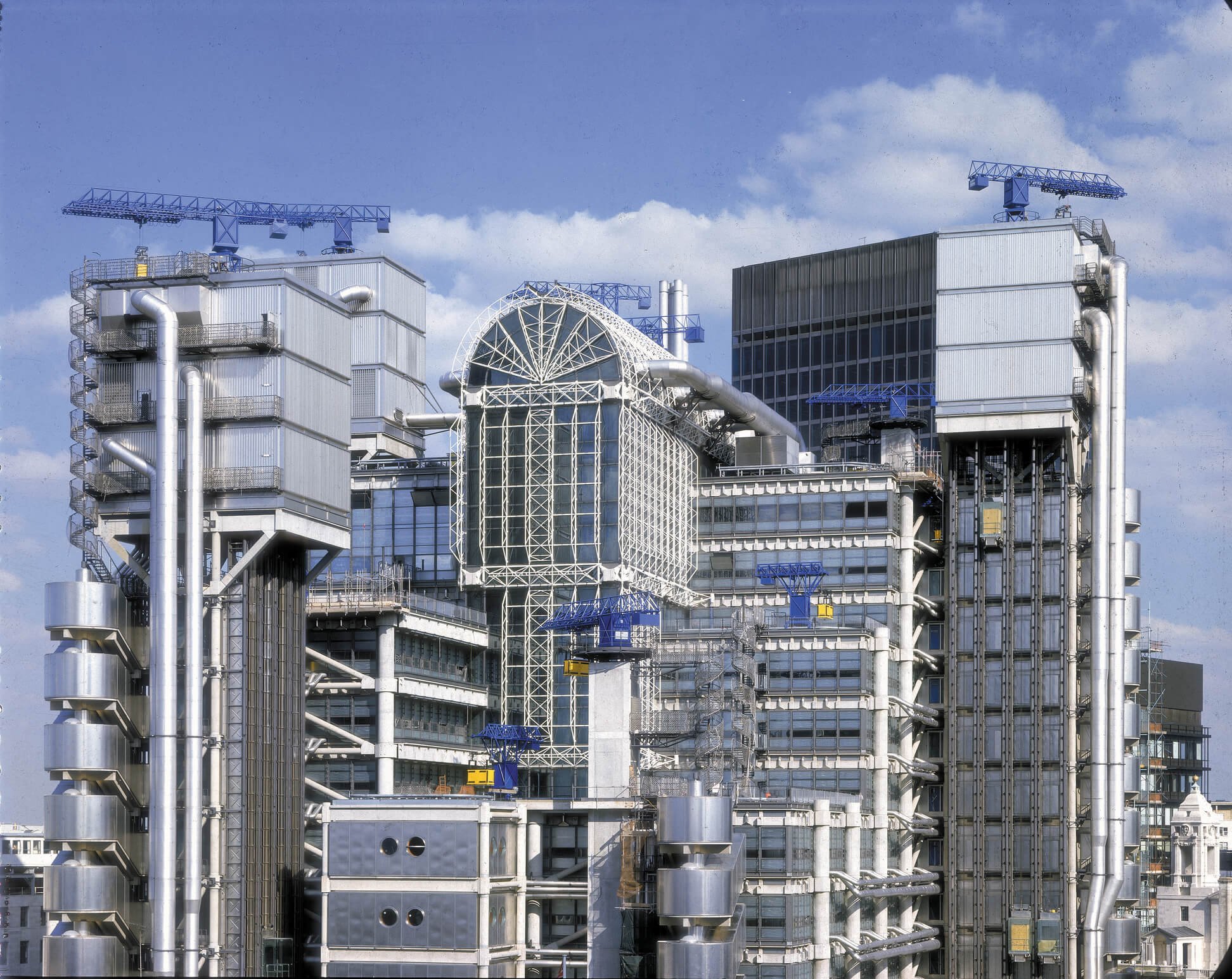sabukaru Revisits niceworkshop

For those of you who have yet to be introduced to niceworkshop [@niceworkshop_], it is a design studio specializing in the experimentation with the properties of materials. While their foundation lies in exploration, their creations give birth to chic, tasteful furniture and objects, bringing a “unique design language” to the world of interior design.
Niceworkshop continuously pushes the boundaries of their experimental curiosities, testing how they can refine their works. Since their establishment as a company in 2021, they have tackled numerous projects that showcase their vision, proving that they have only scratched the surface of what we believe to be a goldmine of unlimited potential.
sabukaru sits down with designers Oh and Yoo to catch up on how the studio has evolved since their first Tokyo exhibiton 2 years ago and what their new exhibition is all about.
It’s the 2nd time that we have the opportunity to catch up, the first one being your exhibition at THE PLUG in September 2023. Can you tell us what has changed since then? How has niceworkshop evolved since your first exhibition in Tokyo?
This second encounter with Sabukaru feels especially meaningful to me. Since our first Tokyo exhibition, many things have changed. Collaborations with Tokyo-based brands like Claustrum and Cotodama followed, and we have since exhibited at international design events such as Milan Design Week and Maison & Objet.
We’ve been constantly experimenting and refining our process to produce works with greater precision and completeness. We continue to challenge ourselves to uphold our design philosophy while pushing the quality of our output. I believe NICEWORKSHOP is now moving forward in a more grounded and intentional direction.
STANDBY is one of the most renowned exhibition spaces in Tokyo. Can you tell us a little bit about why you specifically chose this location? What is the backstory?
STANDBY holds a special place for me. About two and a half years ago, I participated in a RIMOWA exhibition at BA-TSU Art Gallery, located just behind this building. That was when I first encountered STANDBY, and I dreamed of holding a solo show here one day.
I was immediately drawn to the exposed concrete surfaces and the openness of the space. Its raw textures and simple forms resonated deeply with the materials we work with. Being able to return and exhibit here now feels like the realization of that long-held dream.
STANDBY is one of the most renowned exhibition spaces in Tokyo. Can you tell us a little bit about why you specifically chose this location? What is the backstory?
STANDBY holds a special place for me. About two and a half years ago, I participated in a RIMOWA exhibition at BA-TSU Art Gallery, located just behind this building. That was when I first encountered STANDBY, and I dreamed of holding a solo show here one day.
I was immediately drawn to the exposed concrete surfaces and the openness of the space. Its raw textures and simple forms resonated deeply with the materials we work with. Being able to return and exhibit here now feels like the realization of that long-held dream.
STANDBY and niceworkshop share a similar design language and choice of materials. Was this a factor when you chose this location? How do STANDBY and niceworkshops aesthetic overlap in your opinion?
For us, the exhibition space is not merely a backdrop—it becomes an integral part of the work itself. STANDBY’s approach to exposing raw materials closely reflects how we construct and display our pieces.
We primarily work with construction materials such as full-threaded bolts and aluminum formwork, reimagining them as furniture through minimal intervention. Similarly, STANDBY leaves its architectural structure bare, without concealment. The exposed concrete finish, open layout, and simplicity of the space amplify the physical qualities of the materials we use.
This resonance between space and object creates a strong sense of unity, making STANDBY an ideal venue for our work. We felt that our pieces could exist more authentically in this environment.
It has now been 4 years since the founding of niceworkshop. How do you see the position of the studio within the greater scheme of South Korean designers?
NICEWORKSHOP has grown into a studio known for its distinct approach to materials and design. Unlike conventional furniture studios, we reinterpret industrial construction materials through minimal processing and emphasize the raw characteristics of the material itself.
The South Korean design scene is an interesting blend of traditional craft and contemporary experimentation. We believe NICEWORKSHOP adds to this landscape by offering a new perspective—especially by reimagining familiar industrial materials into something functional and poetic. As we’ve expanded internationally, we’ve also begun to carry a sense of responsibility in representing a part of Korean design abroad.
Moving forward, we hope to further refine our design language, explore new materials and manufacturing processes, and continue to build meaningful dialogue between material, maker, and user.
Your previous exhibition was all about BOLTS. This time around, the exhibition is titled “ALUMINUM SCRAP SERIES”. Can you tell us what this exhibition is all about?
This series centers on reusing aluminum scrap generated during the repair or manufacturing of aluminum formwork. In construction sites, aluminum formwork is repeatedly used, which over time leads to damage and deformation. When those are repaired or replaced, a significant amount of aluminum scrap is produced. Rather than viewing it as waste, we saw it as a material with potential.
In ALUMINUM SCRAP SERIES, we collect this scrap, recast it into modular blocks, and build furniture pieces from them. While Bolt Series focused on assembly logic and structural expression, this work explores material transformation and the lifecycle of industrial byproducts. It's an experiment in giving new form and context to something once discarded.
How does this series build upon or differ from your previous works like Bolt Series or Affordance?
Aluminum Scrap Series continues NICEWORKSHOP’s exploration of industrial materials while also signaling a shift in direction. While Bolt Series focused on the structural logic and strength of full-threaded bolts, and Affordance examined how form encourages user interaction, this new series centers on transformation—specifically how discarded materials can be reshaped and redefined.
How did working with aluminum scraps challenge or expand your design philosophy?
Working with aluminum scraps required us to shift away from precision and control. The irregularity of the material forced us to think differently—to design a process that could adapt to change rather than resist it.
We developed a modular system that embraces imperfection and variation as an integral part of the design. This approach not only expanded our thinking around materials but also deepened our interest in how industrial remnants can hold value beyond their original function.
What excites you most about returning to Tokyo for this exhibition?
Returning to Tokyo always feels meaningful. It’s a city where we’ve built lasting connections—with both audiences and collaborators. For this exhibition, we’re especially excited to share our new direction and material research with a community that deeply appreciates process, tactility, and material honesty.
Tokyo was one of the first cities where we held a meaningful international exhibition, and each return feels like a chance to renew that relationship. Showing this new series in a space like STANDBY, which aligns with our aesthetic values, makes the experience even more rewarding.
How do you hope visitors will interact with or interpret the pieces?
We don’t expect a single way of interpreting our work. Instead, we hope visitors will spend time observing the details—the rough textures, the joints, the weight, and balance of each element. These physical traces speak about the material’s past and its transformation.
We also hope people will question the boundary between raw material and finished object, or between furniture and construction element. If the pieces spark curiosity or raise questions, then we believe the work has done its job.
How would you evaluate the development and status quo of the Korean product design scene currently? How does it compare to the rest of the world and how is it different?
Korean product design has rapidly evolved over the past decade. There is a growing emphasis on material innovation, sustainability, and process-oriented approaches—especially among younger studios. What sets the Korean scene apart is its blend of industrial context with a strong sense of aesthetic clarity and craftsmanship.
Compared to other regions, Korean designers tend to navigate between mass production and small-scale experimentation. While still developing its international presence, the Korean design scene shows a lot of energy and potential. We’re excited to see more diverse perspectives and voices emerging from Korea.
What's next for niceworkshop?
We plan to continue exploring industrial materials through new forms and methods. With a background in interior architecture, we’ve developed a strong interest in Japanese architecture. We are particularly interested in collaborating with architects and craftsmen to create works—such as objects, pavilions, or spatial projects—using construction materials.
Until now, most of our exhibitions and projects have taken place in the West. This year, based on those experiences, we hope to present more works across Asia.
Rather than simply aiming for a broader stage, we want to deepen our existing experiments. Our core direction is to expand our perspective on materials and space while remaining true to our identity as a design studio.
























![TOKYO TOY STORY - A DEEP DIVE INTO TOY CULTURE [Sabukaru for StockX]](https://images.squarespace-cdn.com/content/v1/57825361440243db4a4b7830/1630581822871-1K77421ASXXVS8GY8K6F/Tokyo+Toy+Culture+Madarake+Otaku+Guide+Manga+Anime+Kawas+Toys+Nakano+Broadway35.jpg)



